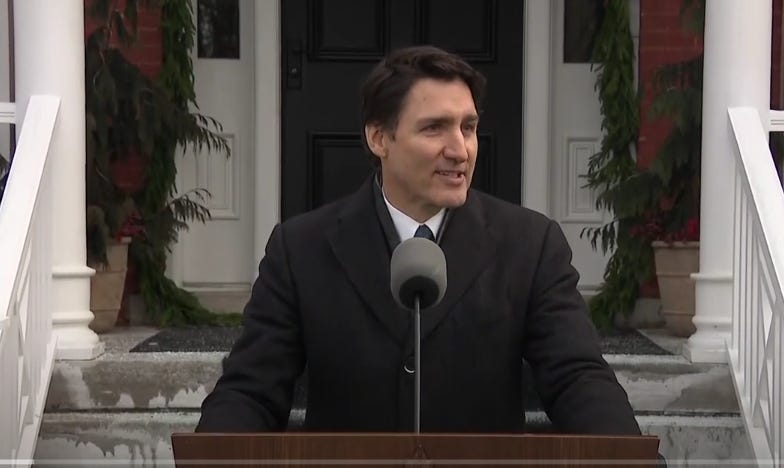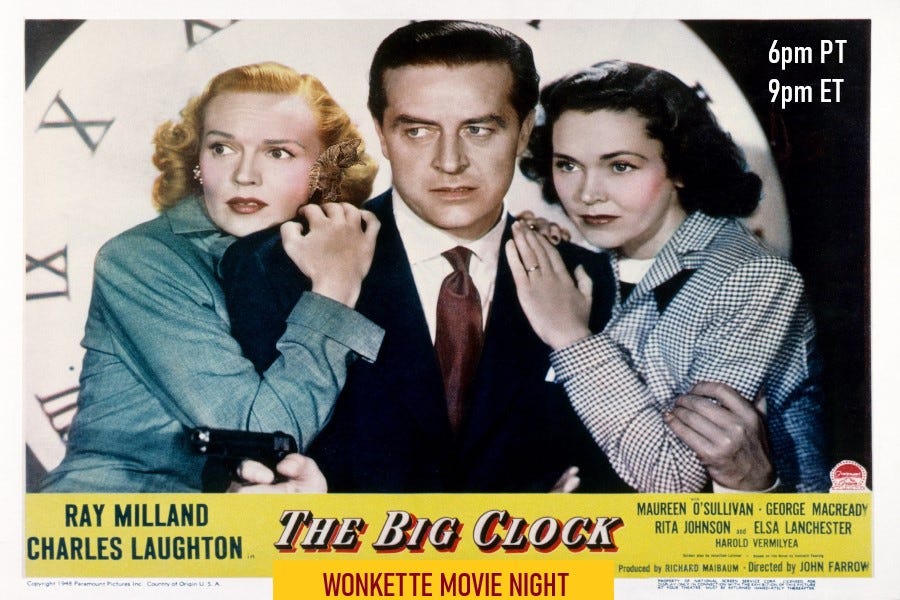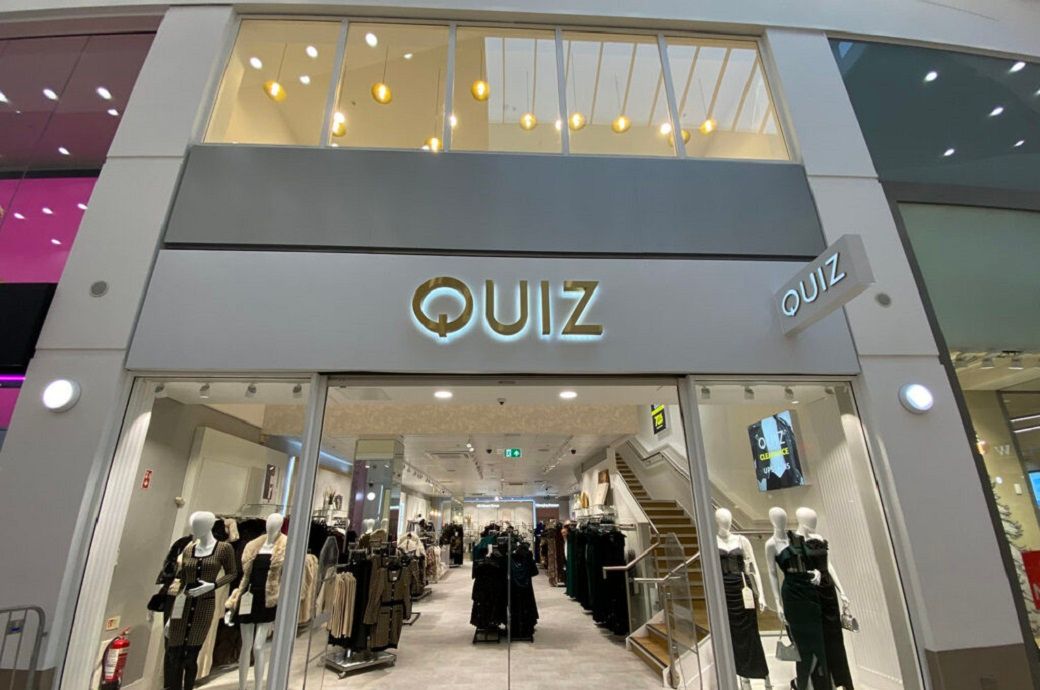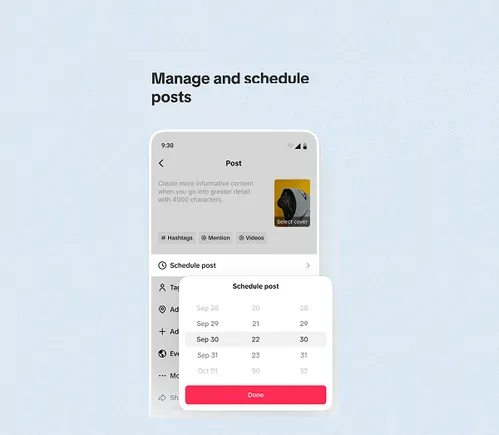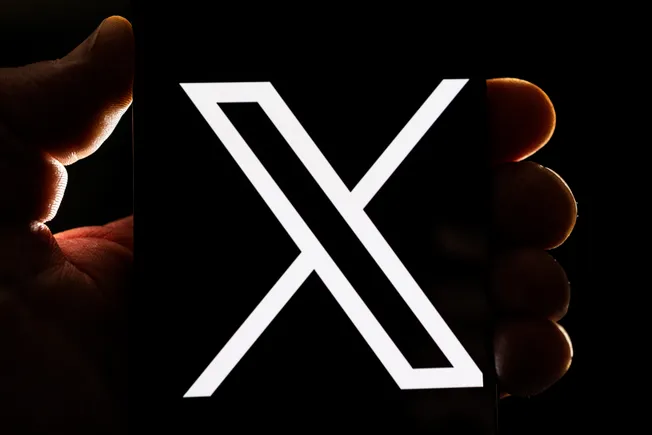The S & P 500 closed at its lowest level in five months on Wednesday, a move that could signal further weakness lies ahead. The benchmark index closed at 4,186.77 on Wednesday , finishing below the key 4,200 marker for the first time since May. The breakdown comes as traders fret over high interest rates and a mixed slate of corporate earnings reports. John Kolovos, chief technical strategist at Macro Risk Advisors noted that, “while there’s nothing magical about that level, per se, it is psychologically important,” adding there’s a “confluence of support” at levels near the mark. .SPX YTD mountain The S & P 500 this year What to watch next Kolovos said he’s now watching 4,145 — a level he thinks could be tested within the next week. If the index breaks down below 4,145, Kolovos said it can no longer expect that the pullback starting in July was just a benign correction. Instead, he would see it as a renewal of the bear market. If that happens, he warned the S & P 500 could move at least down to March lows of around 3,800, which would mark a 9.2% slide from where the index closed Wednesday. But Oppenheimer technical strategist Ari Wald said there are some reasons to believe the leg down may not be long lived with weak momentum to the downside. The S & P 500’s 14-day relative strength index staying above where it sat in early October can indicate a “bullish divergence” that can give way to a reversal, he said. The index’s 14-day RSI stood at 33 on Thursday, above this month’s low of 28. Seasonality is also something to consider, he said. Historically, volatility in October gives way to a rally in November and December. If the move below 4,200 does prove to be short lived, Wald said investors should look at technology as an area to buy into during the pullback. On the other hand, he pointed to small-caps as an area of risk that can move lower in the near term. The S & P 500 also closed back below its 200-day moving average on Wednesday. If the benchmark stays below that level, Wald advised investors watch the 4,050 mark because it aligns with lows seen in April and May. For that mark to be tested, the benchmark would need to shed another 3.3% from where it finished Wednesday’s session. Will the ‘stealth’ bear market last? More broadly, Kolovos said the U.S. stock market is currently in a “stealth” bear market — meaning the index is holding up thanks to the “Magnificent 7” and a handful of other top performers, but internals of the market are poor. The last time market breadth was this bad, he said, was in 1999 leading into the technology bubble. His question now is if the market once again goes into a true bear market. If there is a sustained break below 4,145 and the market moves back into real bear territory, Kolovos said investors will need to be cautious of mega-cap stocks and start fading rallies rather than leaning into them. A true move below could also push him to pull back his year-end forecast for the S & P 500, which is currently at 4,600 point. A 2023 close of 4,600 would mark a 9.9% gain from Wednesday’s close and 19.8% climb on the year. Looking ahead, he said investors should also watch the prices of oil and gold, which are currently moving due to rising geopolitical concerns amid the Israel-Hamas war. He said any type of “upshocks” to these prices could have a knock-on effect to equity markets. “The macro environment is crushing the market of stocks,” he said. “It’s no longer taking this from a benign pullback. It’s taking (this) into something a little more serious.”










